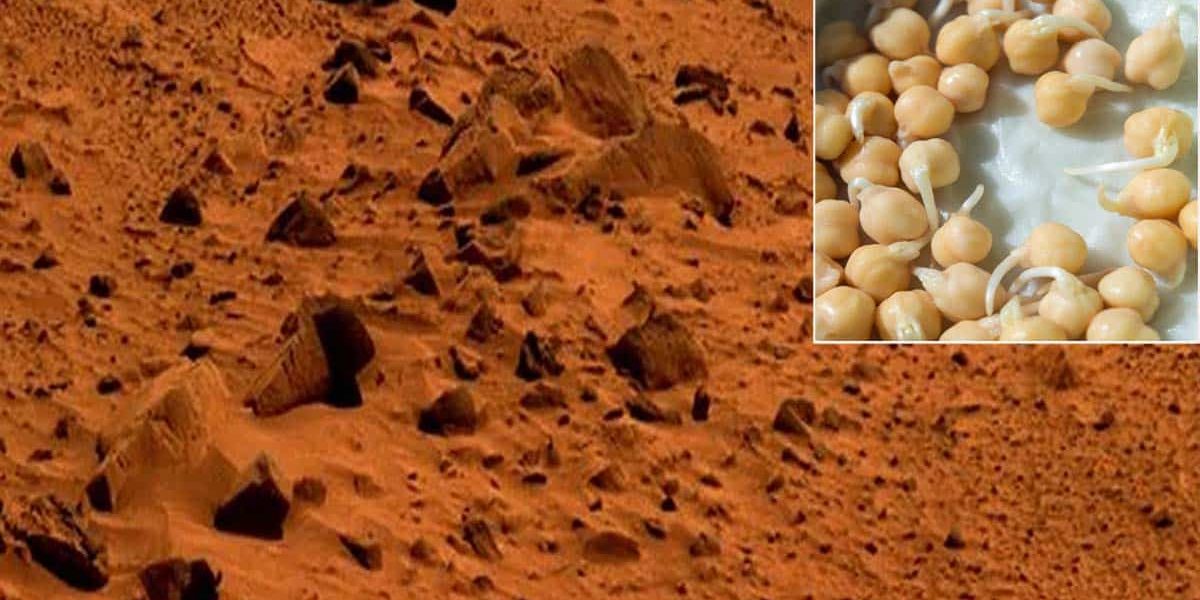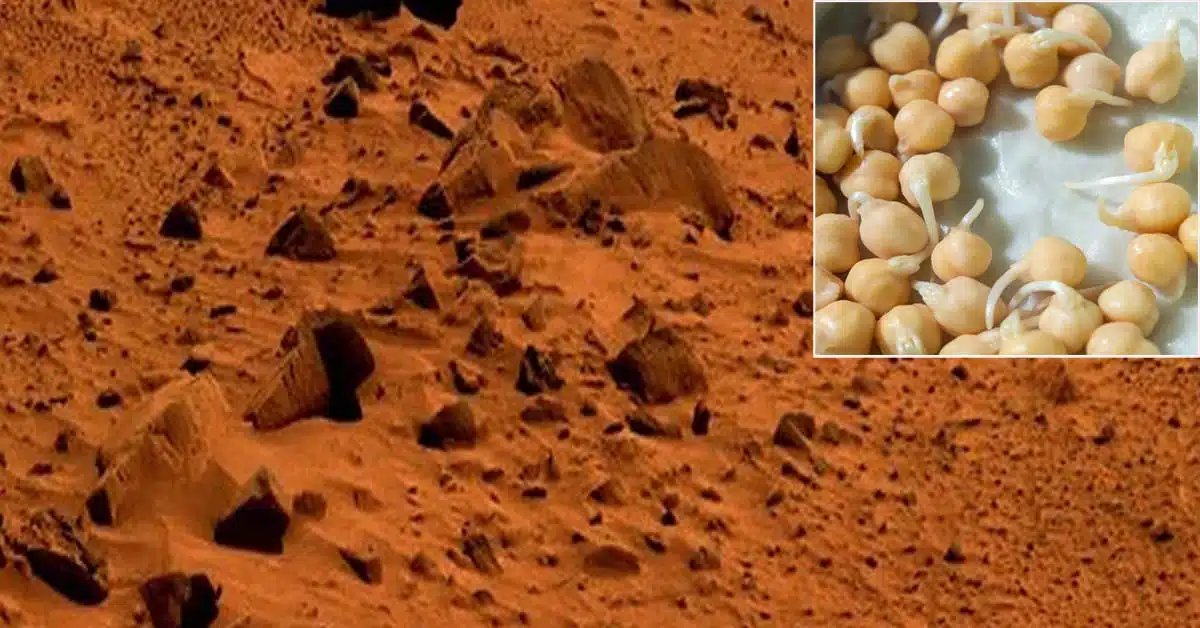For the sake of learning more about food systems on this planet, scientists and astronauts are sending chickpea plants into space as researchers are hoping to find out more about how to grow plants more efficiently here on Earth. Space gives us a unique opportunity to do that.
To learn more about how food systems can be improved here on Earth, particularly how growing plants for food may be done more efficiently, NASA researchers recently sent a clutch of chickpea plants into space aboard the Space Shuttle Cygnus last February 19th. The shuttle flight is a scheduled one ferrying supplies to the International Space Station.
According to Dr. Yonatan Winetraub of Stanford University and the lead researcher on the whimsically-named Space Hummus project, the initiative was spurred by the way climate change has impacted global agriculture and how the ability to feed an increasing human population could be done using fewer resources than current methods.
Winetraub, a biophysicist by profession, opines that plant control may just be the way forward, as agriculturists can control the speed of growth based on available resources and current demand.
Outer space is seen as an appropriate venue to test such a hypothesis. According to Winetraub, the limited resources available aboard a spacecraft is the perfect simulation. Indeed, he went on to say that if the study can grow plants on the Moon or Mars, then there may just be a viable solution for world hunger.
Beyond Science Fiction
In the much-panned Netflix film Don’t Look Up, a team of space explorers flies out and discovers that Mars is actually a viable ecological haven. Previously, Matt Damon’s film The Martian featured how a stranded astronaut managed to survive on potatoes grown in situ for the better part of a year.
But the reality is that the red planet is a barren wasteland where living organisms are unlikely to thrive. Nevertheless, scientists still pushed forward with the growth experiment just to see if the chickpea plants they sent into space would thrive despite a lack of sunshine, soil, and air.
These plants are being grown in a nutritional gel specifically developed for legume-bearing plants. While researchers are confident that these will grow within a controlled environment, the big question is whether or not these will grow towards a light source within a zero-gravity environment. Likewise, researchers also want to know if it is possible to control plant growth to prevent them from monopolizing vital resources like water and oxygen within the enclosed space.
This isn’t the first time that researchers have attempted to grow food crops in space. In 2014, German astronauts successfully grew a variety of salad crops in a highly controlled environment in orbit and used purified urine to introduce nitrates that plants require for growth.







